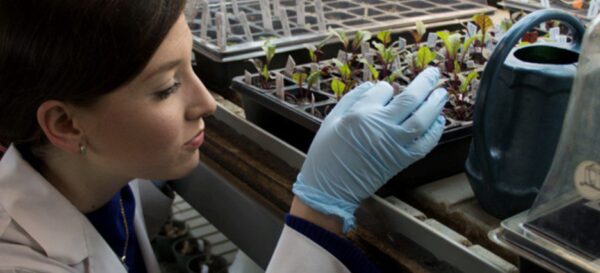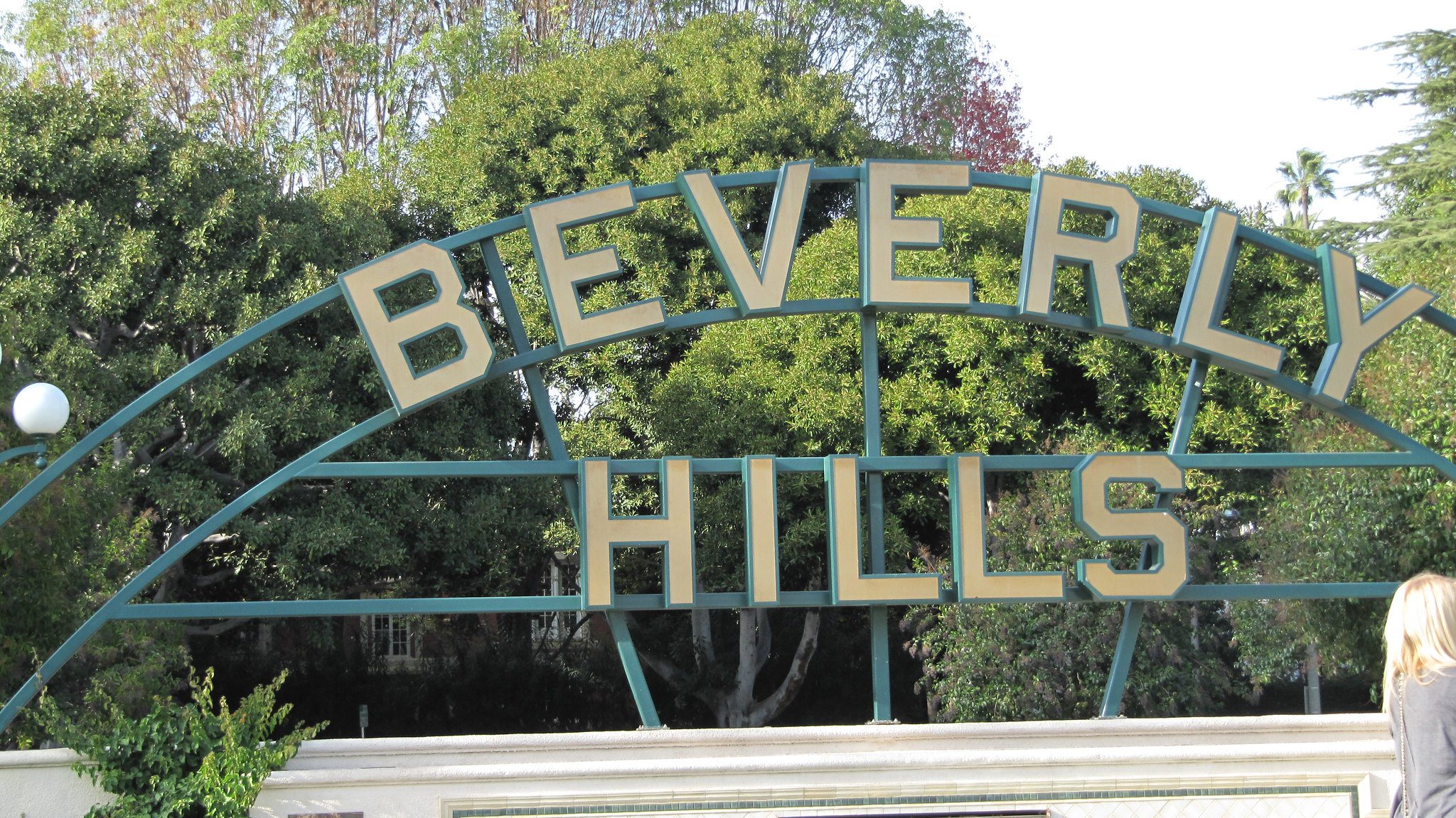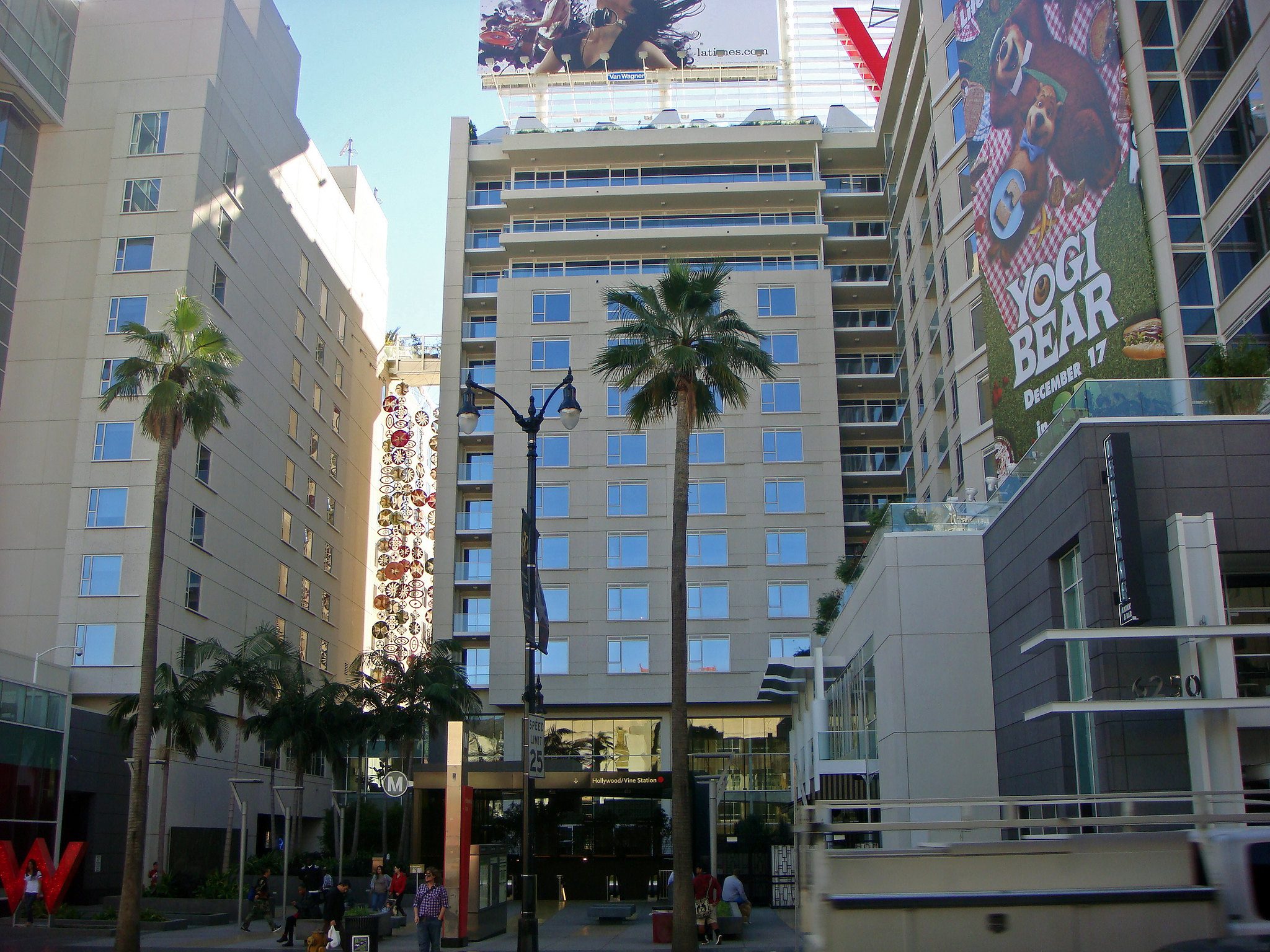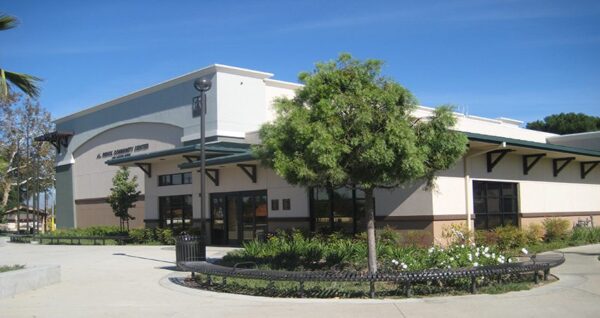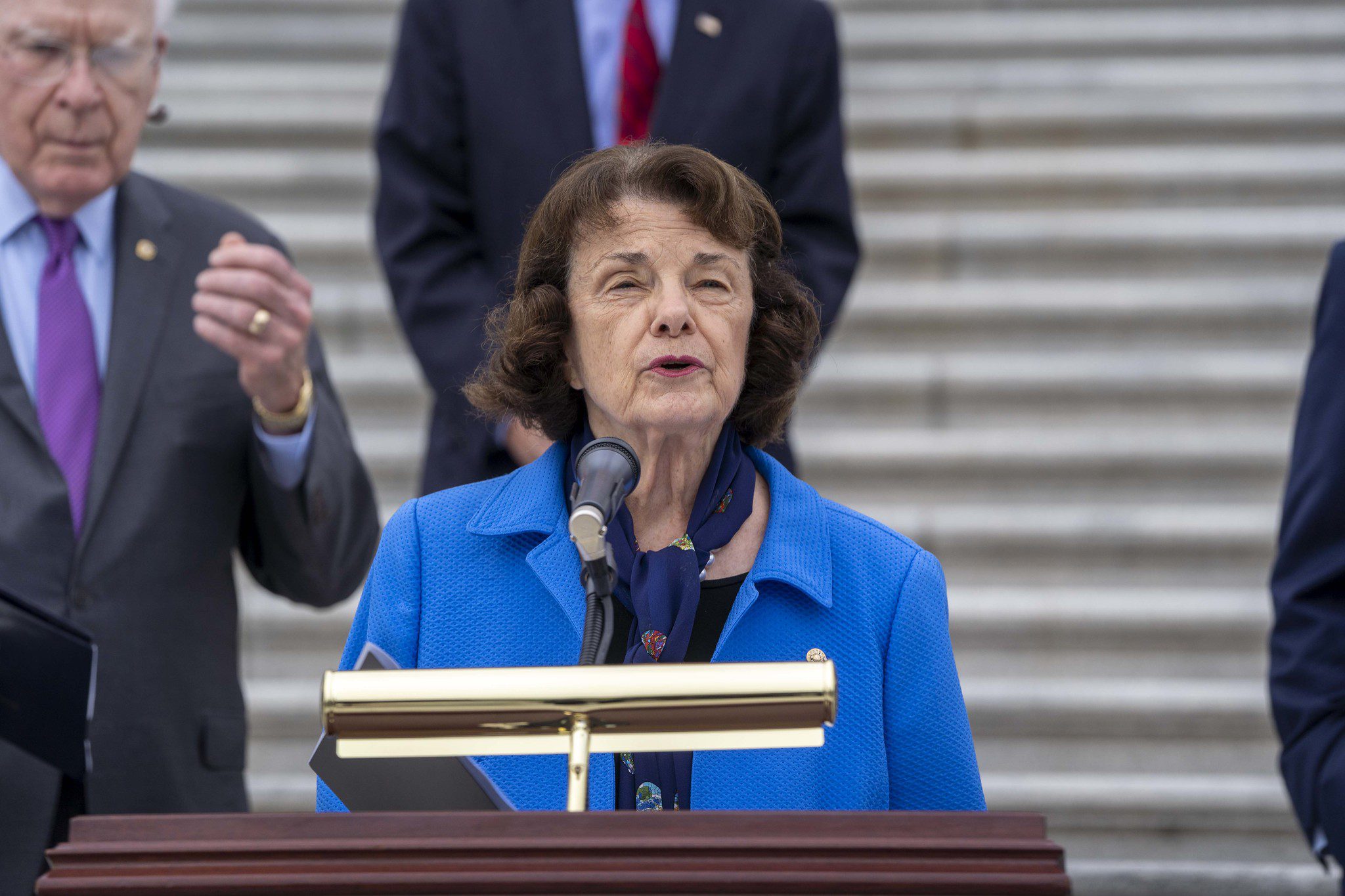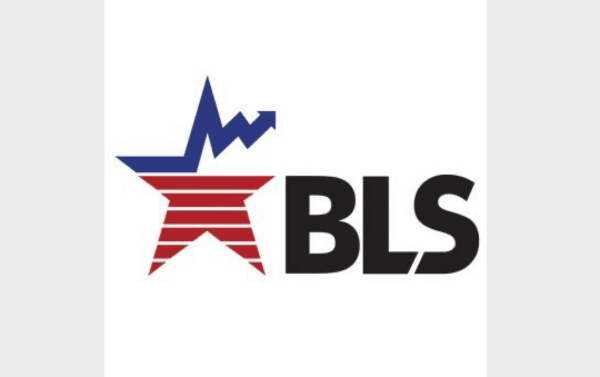A forward-thinking research initiative at the University of California, Riverside, is combining sustainable technologies, workforce diversity and entrepreneurship, the city of Riverside announced.
Officials noted that while economic development and outreach are usually not associated with projects based at top-level research universities, UCR’s Opportunities to Advance Sustainability, Innovation, and Social Inclusion, or OASIS, aims to change that.
OASIS is an alliance among public and private investors and stakeholders that hopes to propel regional economic development “through applied research, technological innovation, entrepreneurship, and workforce development around sustainability, clean technology, and social inclusion,” according to the city.
“We are moving beyond traditional research and scholarly work to engage with the community and contribute to economic development as one of only 20 R1 Hispanic-serving universities in the country,” Rodolfo Torres, UC Riverside vice chancellor of research and economic development, said in a statement.
“The combination of UCR’s impressive student success and diversity, the great research already taking place on campus, and opportunities for economic growth in the region puts us in a unique position to have a more prominent and clear impact on the Inland Empire and beyond,” Torres said.
OASIS consists of “physical infrastructure and programmatic activities,” according to the city’s announcement. The program’s first phase is to set up a clean technology park providing a base for a wide range of stakeholders who are interested in clean energy, sustainable transportation, agriculture, community health and natural resources.
The initiative received state and federal funding for an 8-acre site on University Avenue that builds upon the city of Riverside’s planned “innovation corridor” that will stretch between downtown and the UCR campus, according to the city.
Torres said the clean technology park is not a typical UCR development project.
“The park will anchor research laboratories, professional educational training, offices, and community spaces,” he said.
The OASIS site “leverages the synergy and presence of the new California Air Resources Board laboratory by co-locating the Center for Environment Research & Technology (CE-CERT), UCR Extension, a startup incubator, accelerator space, and facilities for partner companies,” officials said. By attracting the presence of private-sector businesses, the park will serve as a hub for internships as well as high-paying jobs that is likely to draw a wide array of research and business talent.
“OASIS partners will create a skilled workforce to fulfill the constantly changing industry needs caused by technological and regulatory changes prioritizing underserved populations,” Torres said.
Regarding programs, OASIS is organized into six “pillars” — “agriculture technology and food security, community health and health disparity, human development, natural resource management, renewable energy and fuels, and sustainable transportation & infrastructure,” according to the city’s announcement. The pillars share common project objectives that include “sustainability, innovation, and social inclusion, coupled with UCR’s mission in education and workforce development.”
To support these aspirations centered around the concept of innovation, the university is invessting $1.7 million in seed money available to all UCR faculty and researchers, officials said. Each OASIS pillar gets $200,000, and 20 grants of $25,000 will be distributed across all six pillars.
“The goal is to help UCR faculty expand upon areas under the OASIS umbrella and increase their competitiveness for external funding,” according to the city’s announcement.
“This level of economic development can only happen when everybody is on board,” Torres said. “We’re very fortunate to have a shared vision and support from the City in both the planning and execution phases of OASIS.”
Riverside Mayor Patricia Lock Dawson expressed her support for the initiative.
“OASIS offers the opportunity to dramatically improve the quality of life for thousands of people,” Lock Dawson said in a statement. “The OASIS ecosystem of industry, government, community and academic partners will be an unstoppable force to drive change in our region’s areas of greatest need.”
More information about OASIS is available at oasis.ucr.edu.

